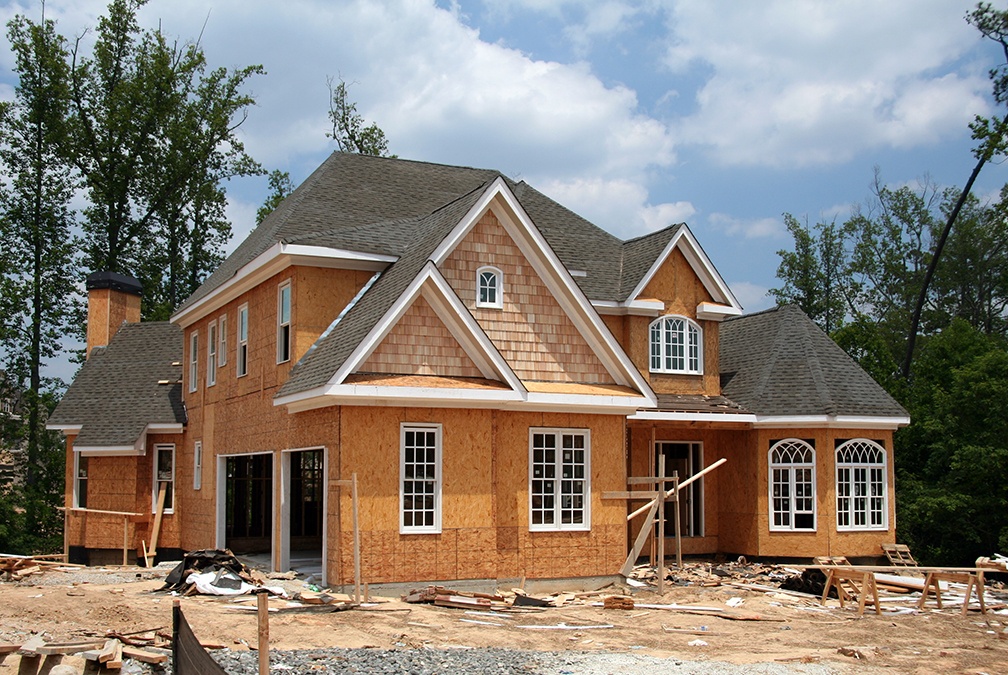 Ask any friend or family member that owns a home and they will share that it takes a bit of management to keep all the expenses under control. Let’s explore the concept of PITI and why it is vital to have a clear picture of how much your home is costing you each month.
Ask any friend or family member that owns a home and they will share that it takes a bit of management to keep all the expenses under control. Let’s explore the concept of PITI and why it is vital to have a clear picture of how much your home is costing you each month.
Just What Is PITI, Anyway?
PITI is an acronym that stands for “principal, interest, taxes and insurance,” which are the four main components that make up your housing costs.
Principal – this is the amount that you are paying against the total amount that you borrowed when you purchased the home. For example, if you used a mortgage to cover $200,000 of the home’s purchase price, the remaining balance of that $200,000 is the principal. A part of your monthly mortgage payment goes to paying down the principal.
Interest – this is the extra cost that the lender charges for the service of lending you the principal amount. For most mortgages, you will see this expressed as an “interest rate” which is a small percent charged on the loan. A portion of your monthly mortgage payment goes to paying down the interest owed.
Taxes – tax costs are not included in your monthly mortgage payment, but will be added by your lender as part of your yearly expenses when calculating your debt-to-income ratio (see below). Property taxes and other assessments will need to be paid each year.
Insurance – this is the cost of insuring your mortgage and your home. Like taxes, your mortgage lender will typically include some insurance costs in your DTI ratio calculation.
How Lenders Use PITI
Many mortgage lenders use some form of PITI calculation when determining your debt-to-income ratio. This ratio helps the lender understand your ability to manage your monthly mortgage payments without being at risk of missing one. The lower the ratio, the more likely you can afford all your monthly expenses.
Don’t Forget Your Other Monthly Expenses
Finally, don’t forget that along with PITI you will have a variety of other monthly expenses that need to be budgeted for. Leave some space for utilities, repairs and other renovations that need to be made throughout the year.
Once you have the full picture of what is coming in and going out each month, managing your expenses is easy. When you are ready to discuss or apply for a mortgage, get in touch with us. Our friendly team of mortgage professionals is happy to help.
 You might want to make some upgrades to your house, but they could be a bit expensive. If you make upgrades to your house that qualify as medical expenses, you may be able to deduct them from your taxes. Before you do so, you should always reach out to a qualified accountant who can review your work to make sure you are allowed to claim that deduction. What are a few examples of home upgrades that might be tax deductible?
You might want to make some upgrades to your house, but they could be a bit expensive. If you make upgrades to your house that qualify as medical expenses, you may be able to deduct them from your taxes. Before you do so, you should always reach out to a qualified accountant who can review your work to make sure you are allowed to claim that deduction. What are a few examples of home upgrades that might be tax deductible? Last week’s scheduled economic reports included preliminary monthly readings on inflation and consumer sentiment along with weekly reporting on mortgage rates and jobless claims.
Last week’s scheduled economic reports included preliminary monthly readings on inflation and consumer sentiment along with weekly reporting on mortgage rates and jobless claims. If you have been in the process of looking for a home for a long time, you understand just how difficult it has been. You may have considered building your own house, but after seeing the bidding wars for land before you even start building, you may have crossed newly built homes off your list. Now, there are a few reasons why you should consider adding new homes back to your search.
If you have been in the process of looking for a home for a long time, you understand just how difficult it has been. You may have considered building your own house, but after seeing the bidding wars for land before you even start building, you may have crossed newly built homes off your list. Now, there are a few reasons why you should consider adding new homes back to your search.  There are many people who would rather age in the comfort of their own homes than in a large nursing home somewhere. As people get older, they are more susceptible to slips, trips, and falls. Their joints do not work as well as they used to, they might have a difficult time balancing, and their eyesight may start to fade. If you want to age comfortably in your home, there are a few upgrades you should consider making to your house.
There are many people who would rather age in the comfort of their own homes than in a large nursing home somewhere. As people get older, they are more susceptible to slips, trips, and falls. Their joints do not work as well as they used to, they might have a difficult time balancing, and their eyesight may start to fade. If you want to age comfortably in your home, there are a few upgrades you should consider making to your house. If you are interested in purchasing a home, how much money should you put down? This is a difficult question that all potential homeowners need to answer, as it will dictate the size and location of the house you can afford. There are a number of factors to consider, so what do you need to know?
If you are interested in purchasing a home, how much money should you put down? This is a difficult question that all potential homeowners need to answer, as it will dictate the size and location of the house you can afford. There are a number of factors to consider, so what do you need to know? Last week’s economic news included readings on home prices, inflation, and data on public and private-sector jobs. Weekly readings on mortgage rates and jobless claims were also released.
Last week’s economic news included readings on home prices, inflation, and data on public and private-sector jobs. Weekly readings on mortgage rates and jobless claims were also released. There are many complicated terms thrown around regarding your mortgage, and one of them is an escrow account. You will probably hear that your lender will collect some additional money every month for escrow payments. If you take a look at your mortgage statement, you will see your interest, your principal, and your escrow. What does this mean, and why do you have to pay additional money that isn’t going toward the balance of your loan?
There are many complicated terms thrown around regarding your mortgage, and one of them is an escrow account. You will probably hear that your lender will collect some additional money every month for escrow payments. If you take a look at your mortgage statement, you will see your interest, your principal, and your escrow. What does this mean, and why do you have to pay additional money that isn’t going toward the balance of your loan? There are many people who dream of owning a home, but you need to purchase your home for the right reasons. Simply purchasing a house because other people are doing so is not a strong reason to make such an expensive purchase. What are some of the reasons why you should purchase a house? What are some examples of bad reasons to buy a home?
There are many people who dream of owning a home, but you need to purchase your home for the right reasons. Simply purchasing a house because other people are doing so is not a strong reason to make such an expensive purchase. What are some of the reasons why you should purchase a house? What are some examples of bad reasons to buy a home? What do you need to do if you want to improve the safety and functionality of your home? You may not think that your home has a lot of safety hazards, but you might be surprised at how many people get hurt at home every year. Particularly if you have older people in your home, or if you have people in your house with disabilities, you need to pay close attention to your safety and functionality. What are a few tips you should keep in mind?
What do you need to do if you want to improve the safety and functionality of your home? You may not think that your home has a lot of safety hazards, but you might be surprised at how many people get hurt at home every year. Particularly if you have older people in your home, or if you have people in your house with disabilities, you need to pay close attention to your safety and functionality. What are a few tips you should keep in mind?